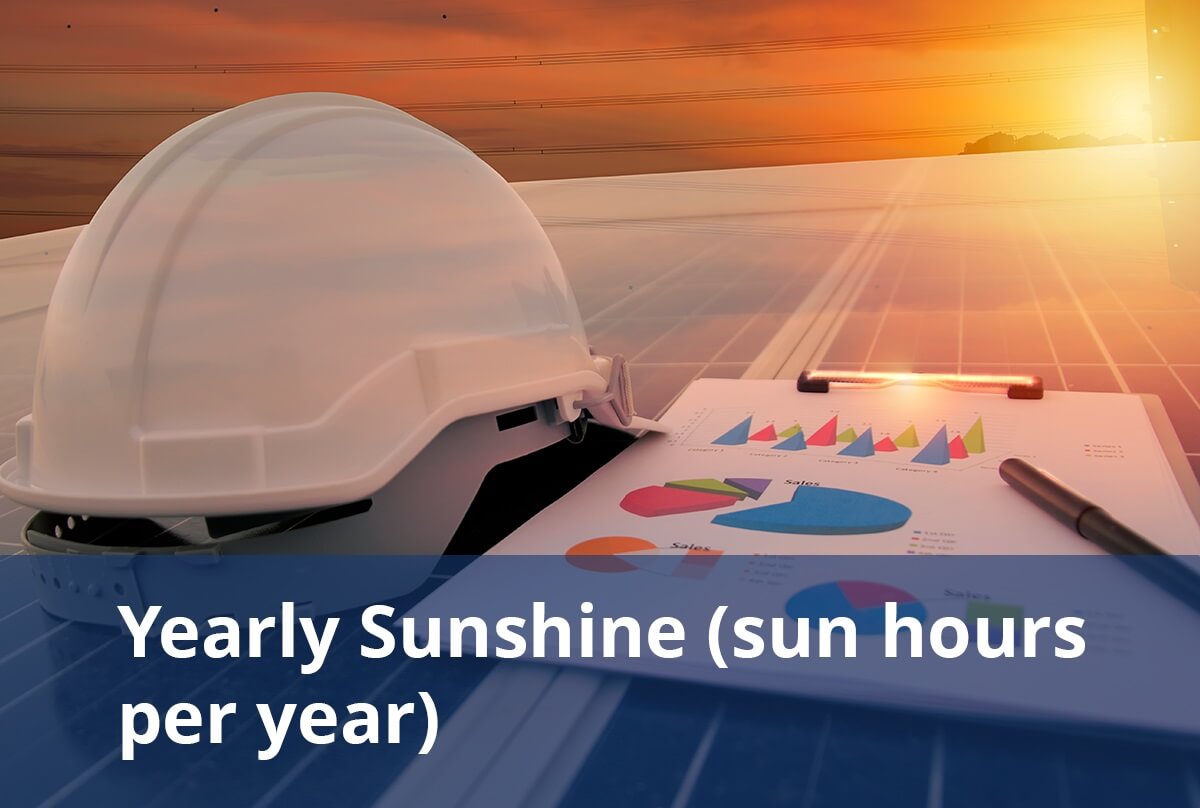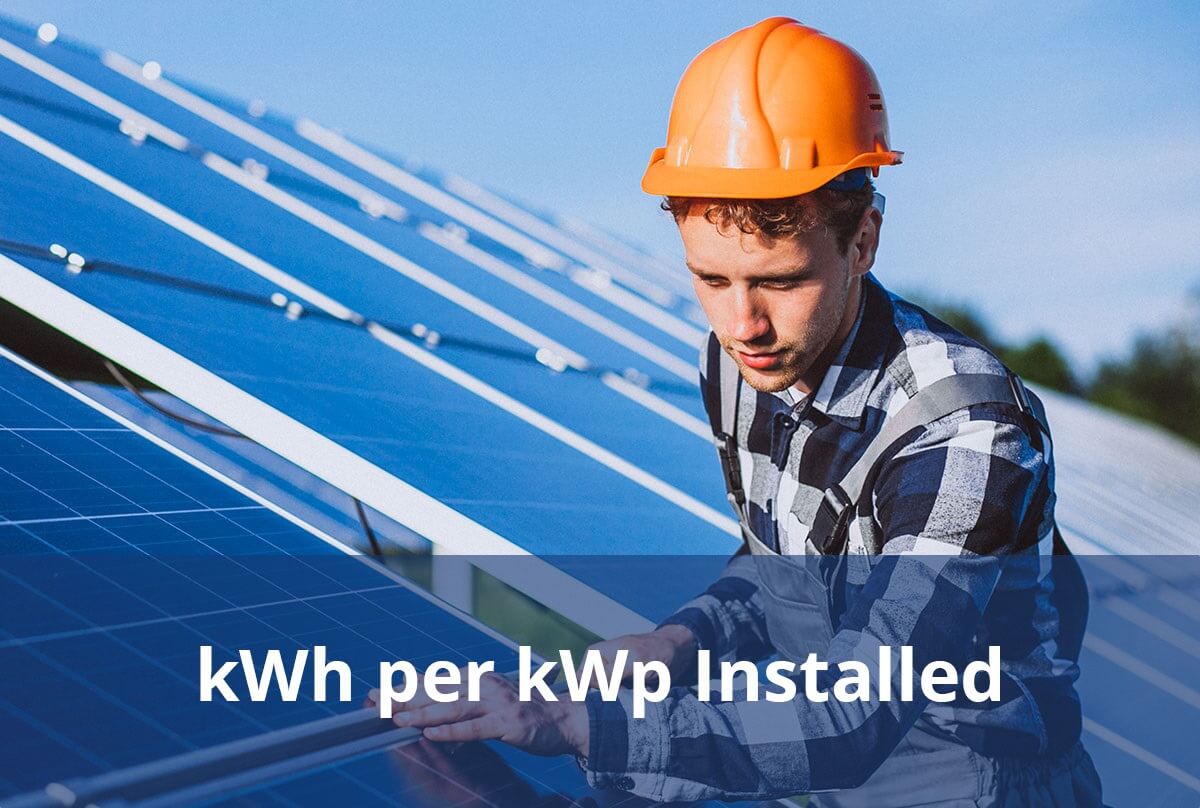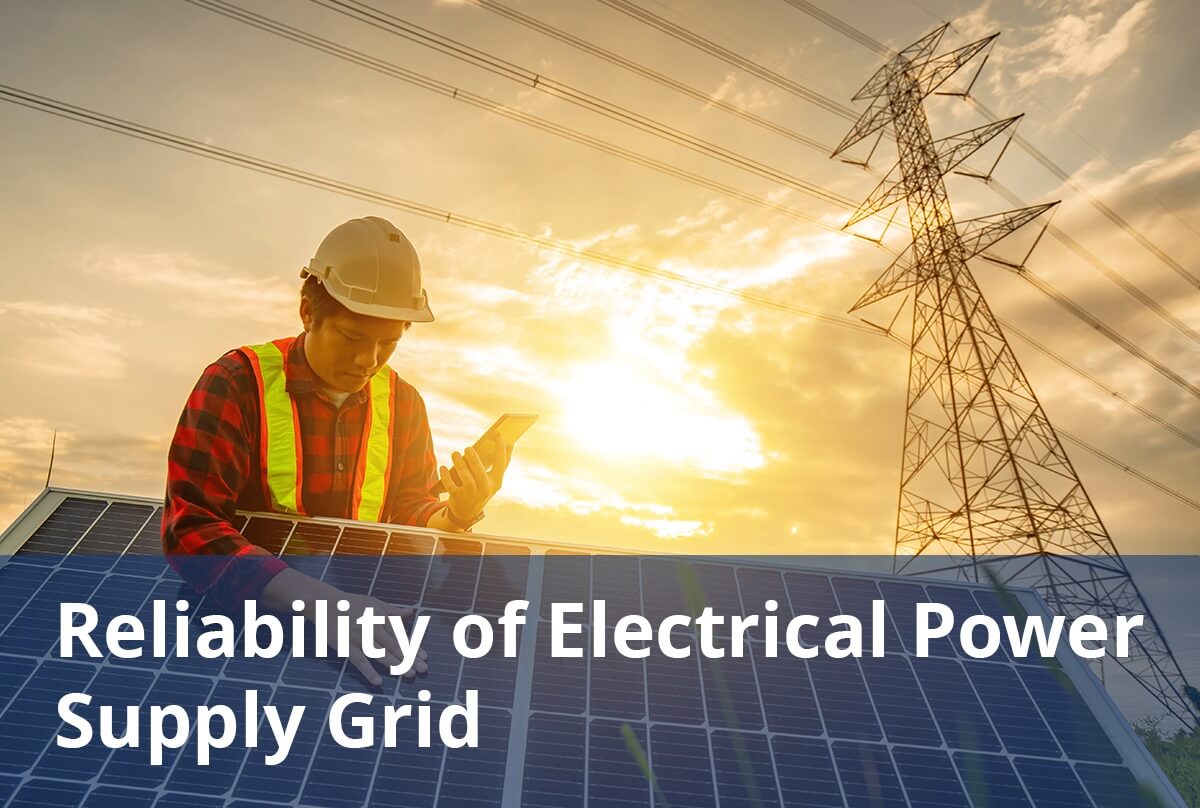Gain comprehensive insights into the statistics and metrics surrounding the solar production industry in Costa Rica

Sign Up Below to Access Our FREE Solar Module Production E-Course
Costa Rica Solar Report
Gain comprehensive insights into the statistics and metrics surrounding the solar production industry in Costa Rica
Key points
Yearly sunshine (sun hours per year)
On average, Costa Rica receives about 2,000 hours of sunshine annually.


kWh per kWp installed
The kWh per kWp installed in Costa Rica varies by province and territory but the national average is approximately 1400-1700 kWh/kW/yr.
Average cost per kWh from utility company
As of the latest available data, the average cost of electricity in Costa Rica is approximately 0.17 to 0.212 USD per kWh.


Reliability of electrical power supply grid
The reliability of the electrical power supply grid in Costa Rica is generally high with an electricity supply rate of around 100%. This indicates that the vast majority of the population has access to a stable and reliable electricity supply.
Detailed Information
As of 2024, Costa Rica has about 109 MW installed total solar panel production capacity.
Costa Rica’s projected solar panel production capacity by 2026 is expected to reach approximately 270 MW. This projection aligns with the country’s ambitious renewable energy goals which aim for 100% renewable electricity generation.
(Not Available)
The Costa Rica energy generation matrix for 2022 is composed of 74% hydroelectric power, 12.8% geothermal energy, 12.5% wind power, 0.54% biomass, and 0.07% solar power. During 2023, up to July, Costa Rica generated 4.5% of its electricity with bunker oil due to the El Niño phenomenon, whereas historically, the use of bunker oil was always below 1%.
In Costa Rica, the daily availability of electricity can be subject to variations, particularly during extreme weather conditions such as droughts.
In 2024, due to severe drought conditions caused by the El Niño phenomenon, Costa Rica experienced scheduled electricity rationing to manage reduced hydroelectric generation. The rationing involved daily power cuts lasting up to three hours but did not affect critical infrastructure like hospitals and high-voltage industrial customers.
As of the latest available data, Costa Rica has approximately 2,000 residential solar panel installations with an additional 1,000 installations projected in the near future. This growth reflects the country’s commitment to expanding renewable energy sources and reducing reliance on traditional power generation methods.
Installed:
In Costa Rica, three major solar parks are installed; Juanilama by Coopeguanacaste, Pocosol by Coopelesca, and Valle Escondido that will be built in 2021 by BMR Energy, contracted by ICE but not in use.
Projected:
It is not possible to give an exact number for projected solar farm in Costa Rica, however
The Costa Rican Electricity Institute (ICE) has announced that it will install 270 MW of solar farms by 2026.
(Not Available)
Current:
The current demand for solar energy in Costa Rica has been rising, especially due to recent energy challenges. Costa Rica’s solar energy generation was about 0.07% of the total energy mix in 2022, but this has been increasing. By mid-2023, solar energy accounted for approximately 4.5% of the country’s energy generation.
Projected:
Costa Rica aims to increase its solar capacity as part of its broader renewable energy goals. While specific megawatt (MW) targets for 2030 are not always outlined in detail, ongoing policy initiatives and regulatory support indicate a clear trajectory towards substantial growth in solar energy capacity. The country is leveraging innovations in solar technology and favorable investment conditions to achieve these goals.
(Not Available)
As of 2023, the population of Costa Rica is approximately 5.2 million people.
The average rent for multi-owned commercial buildings in Costa Rica varies significantly based on location and property type. In major commercial hubs like San José and Heredia, rental rates can range from $12 to $20 per square meter per month.
The electricity price for businesses in Costa Rica is approximately 0.20 to 0.22 USD per kWh.
The industrial water rate in Costa Rica is approximately $2.12 per cubic meter for most usage tiers, with a fixed monthly rate of $34.38 and a service charge of $1.98 (Wikipedia) (Costa Rica). Additional fees include a 13% value-added tax and specific charges for fire hydrant water use and water resource protection.
Worker of solar industry earning is not available for Costa Rica.
Renting office space in Costa Rica varies depending on the location and amenities. For example, in San José, the rental price for a typical office space ranges from $15 to $19 per square meter per month. Premium locations like Sabana Park and Escazú can have office spaces renting for around $19 per square meter. Maintenance fees are often included in the rental price for many of these spaces.
Here’s a summary of the energy infrastructure in Costa Rica:
Electricity Generation
Transmission & Distribution
Energy Access
Energy Export
However, its energy exports mainly consist of imported products from other countries.
Costa Rica has established a regulatory framework to support the production and deployment of solar panels. The regulations are designed to ensure the safety, efficiency and environmental sustainability of solar energy systems. Key regulations include standards for the installation and maintenance of solar panels, guidelines for connecting solar systems to the national grid and requirements for the recycling and disposal of end-of-life solar panels. The government also mandates compliance with international standards for solar panel manufacturing to ensure quality and reliability. These regulations are enforced by various governmental bodies including the Ministry of Environment and Energy (MINAE) and the Regulatory Authority for Public Services (ARESEP).
Feed-in Tariff Program: Costa Rica implemented a feed-in tariff program to encourage solar energy adoption allowing small-scale producers to sell excess electricity to the grid.
Net Metering: The government introduced net metering regulations enabling consumers with solar panels to offset their electricity consumption with the energy they produce.
Tax Incentives: Costa Rica offers tax exemptions on imported solar equipment and components to reduce the cost of solar installations.
National Energy Plan: The government’s National Energy Plan 2015-2030 includes targets for increasing solar energy capacity and promoting distributed generation.
Public-Private Partnerships: The Costa Rican government has partnered with private entities to develop large-scale solar projects such as the Juanilama Solar Park.
Environmental Regulations: Strict environmental regulations ensure that solar panel production and installation adhere to sustainability standards.
Installed:
Projected:
Enertiva: Enertiva is a leading company specializing in the design, installation and maintenance of solar energy systems for residential, commercial and industrial clients. They have been instrumental in numerous solar projects across Costa Rica, providing comprehensive solutions that include photovoltaic systems, solar water heating and energy efficiency services. Their commitment to quality and sustainability has made them a key player in the country’s renewable energy sector.
Solar Costa Rica: Solar Costa Rica focuses on providing high-quality solar panel installations and energy solutions for both residential and commercial sectors. They offer a range of services, including system design, installation and maintenance, ensuring that clients receive tailored solutions to meet their energy needs. Their expertise and dedication to promoting solar energy have helped many households and businesses reduce their energy costs and environmental impact.
ISEA Solar: ISEA Solar is known for its innovative solar energy solutions and commitment to sustainability. They offer a variety of services from solar panel installation to energy efficiency consulting helping clients optimize their energy use and reduce their carbon footprint. ISEA Solar’s focus on cutting-edge technology and customer satisfaction has positioned them as a trusted provider in the Costa Rican solar market.
Green Energy Costa Rica: Green Energy Costa Rica is dedicated to promoting renewable energy through the development and implementation of solar projects. They aim to reduce the carbon footprint and enhance energy independence by providing reliable and efficient solar energy solutions. Their services include project development, system design, installation and maintenance making them a comprehensive provider in the renewable energy sector.
Solar News Related to Costa Rica

Your First Step In Solar Production
In 2021, the global market size of solar power was valued at 167.83 billion USD, and it is projected to grow from 234.86 billion USD in 2022 to 373.84 billion USD by 2029, exhibiting a CAGR of 6.9% during the forecast period.

Premium Business Plan E-Course:
3 Weeks to a Perfect Solar Module Production Line
Low and High Budget Solar Panel Production Service

Turnkey Services:
We take care of all the planning and services needed for your turnkey solar module production line

Premium Support for Solar Panel Production Line
Solar Power Plant Service
We can help you start your own solar module production company. With our 100% turnkey service, we will deliver the needed machines, do a technology transfer, provide expert and excellent support, and help you with the know-how needed to start even if you don't have any previous experience in this industry.
Session expired
Please log in again. The login page will open in a new tab. After logging in you can close it and return to this page.